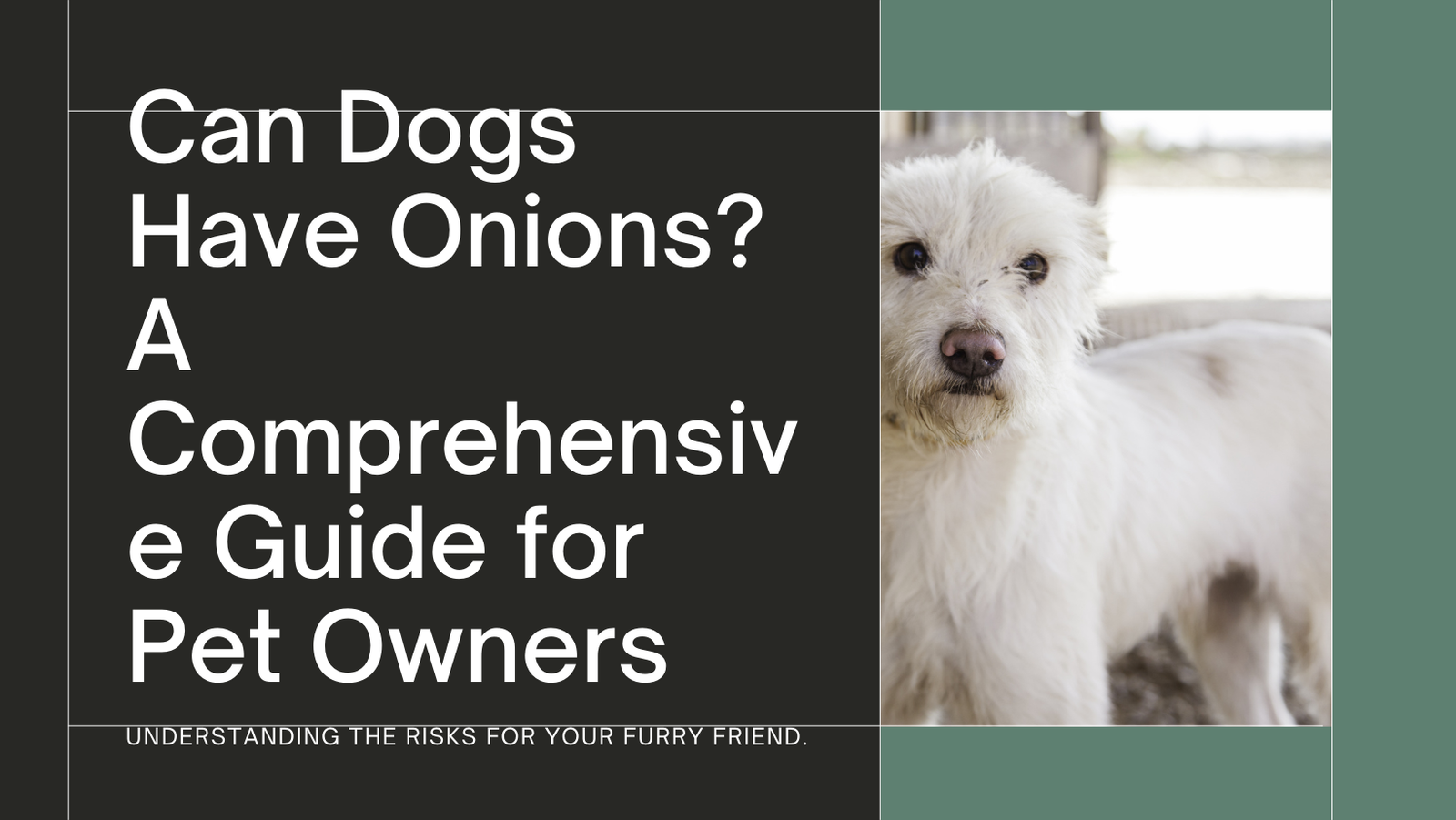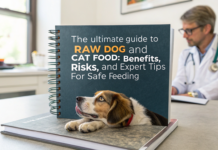Last Updated on May 16, 2024 by Dog Lover
Can Dogs Have Onions? A Comprehensive Guide for Pet Owners
As a pet owner, it’s crucial to be aware of the foods that can be harmful to your furry friends. One common ingredient found in many human foods is onions, which can be toxic to dogs.
In this comprehensive guide, we’ll explore the dangers of onions for dogs, the symptoms of onion toxicity, and how to keep your canine companion safe.
The Dangers of Onions for Dogs
Onions contain a compound called N-propyl disulfide, which can damage red blood cells in dogs, leading to a condition called hemolytic anemia.
This condition causes the red blood cells to rupture prematurely, leading to a lack of oxygen in the body’s tissues. Onions can be toxic to dogs whether they are raw, cooked, or in powder form.

How Much Onion is Toxic to Dogs?
The amount of onion that can cause toxicity in dogs varies depending on the dog’s size and the form of onion consumed. As a general rule, consuming more than 0.5% of a dog’s body weight in onions can cause toxicity.
For example, a 20-pound dog would need to consume about 1.8 ounces of onions to reach this threshold.
Symptoms of Onion Toxicity in Dogs
If your furry friend has consumed onions, it’s essential to watch for the following symptoms:
- Vomiting
- Diarrhea
- Lethargy
- Abdominal pain
- Rapid breathing
- Pale gums
- Elevated heart rate
- Dark-colored urine
If you notice any of these symptoms, contact your veterinarian immediately.
Diagnosis and Treatment of Onion Toxicity
To diagnose onion toxicity, your veterinarian will likely perform a physical examination and run blood tests to check for anemia and other signs of toxicity.
Treatment may include inducing vomiting to remove any remaining onions from the dog’s system, administering activated charcoal to absorb toxins, and providing supportive care such as intravenous fluids and oxygen therapy.
Preventing Onion Toxicity in Dogs
The best way to prevent onion toxicity in dogs is to keep onions and onion-containing foods out of reach.
Be sure to check the ingredients in any human food before sharing it with your dog, and never intentionally feed onions to your pet. If you suspect your dog has consumed onions, contact your veterinarian right away.
Onions in Dog Food
Some dog foods may contain small amounts of onion powder or dehydrated onions as flavoring agents.
While these amounts are generally considered safe, it’s still important to check the ingredient list and choose a dog food that does not contain onions or garlic.
Onions and Other Allium Plants
Onions are not the only allium plant that can be toxic to dogs. Other members of the allium family, such as garlic, leeks, and chives, can also cause hemolytic anemia in dogs. It’s best to avoid feeding any allium plants to your dog.
Onions and Cats
While onions are primarily a concern for dogs, they can also be toxic to cats. Cats are more sensitive to the effects of onions and may develop anemia more quickly than dogs.
If you have both dogs and cats in your home, it’s important to keep onions and onion-containing foods out of reach of both species.
Onions and Other Pets
Onions can also be toxic to other pets, such as horses and livestock. If you have other animals in addition to dogs, it’s important to be aware of the potential dangers of onions and other allium plants.
Conclusion
In conclusion, onions are a common ingredient that can be highly toxic to dogs.
By understanding the dangers of onions, recognizing the symptoms of onion toxicity, and taking steps to prevent exposure, pet owners can keep their canine companions safe and healthy.
If you have any concerns about your dog’s health or diet, always consult with your veterinarian.
FAQs
Can dogs eat onions in small amounts?
No, even small amounts of onions can be toxic to dogs and should be avoided.
Are cooked onions safe for dogs?
No, cooked onions are just as toxic as raw onions and should not be fed to dogs.
Can onion powder be toxic to dogs?
Yes, onion powder can be toxic to dogs and should not be used as a seasoning or flavoring in homemade dog treats or meals.
What should I do if my dog eats onions?
If you suspect your dog has consumed onions, contact your veterinarian immediately for advice on the best course of action.
Are there any dog foods that contain onions?
Some dog foods may contain small amounts of onion powder or dehydrated onions as flavoring agents. Always check the ingredient list and choose a dog food that does not contain onions or garlic.
Reference Links:

















